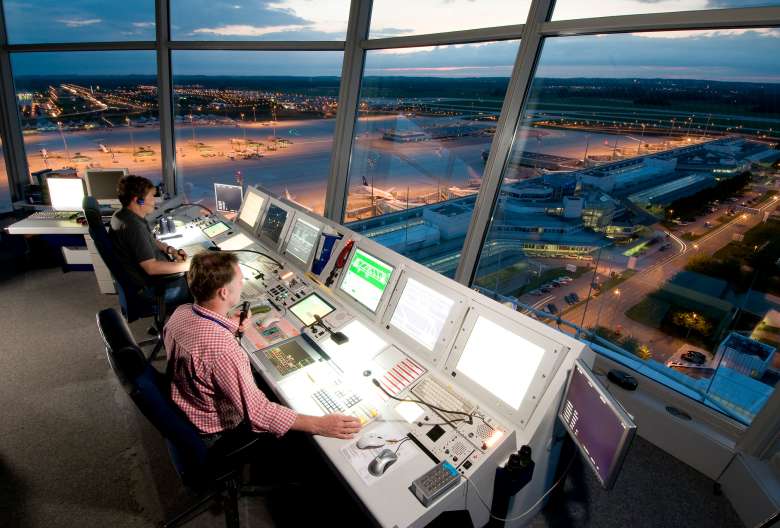Corporate Safety & Security Management
The Corporate Safety & Security Management unit of DFS works independently and autonomously. It advises and supports the Executive Board and the directors of operations in matters of safety and security. Whenever changes are made to the air traffic management system, the safety and security specialists examine potential hazards, prepare a systematic risk analysis and ensure that possible risks are reduced to an acceptable level by taking appropriate measures. No operational change goes live without such safety documentation.
As regards security, Corporate Safety & Security Management operates an information security management system. It is used to identify and assess risks at an early stage. Building on this, targeted measures are taken to ensure the necessary protection of the critical infrastructure and all other DFS services in accordance with the state of the art.
Safety-related occurrences are reported by operational staff and systematically investigated in the unit. These include, for example, infringements of separation, failures to maintain agreed minimum distances from airspace boundaries and aborted take-offs. The aim is to detect safety risks related to air traffic control and to eliminate them through appropriate countermeasures. This is not a matter of apportioning blame. The findings from the investigations are used to avoid repetitions and to increase the level of safety.








